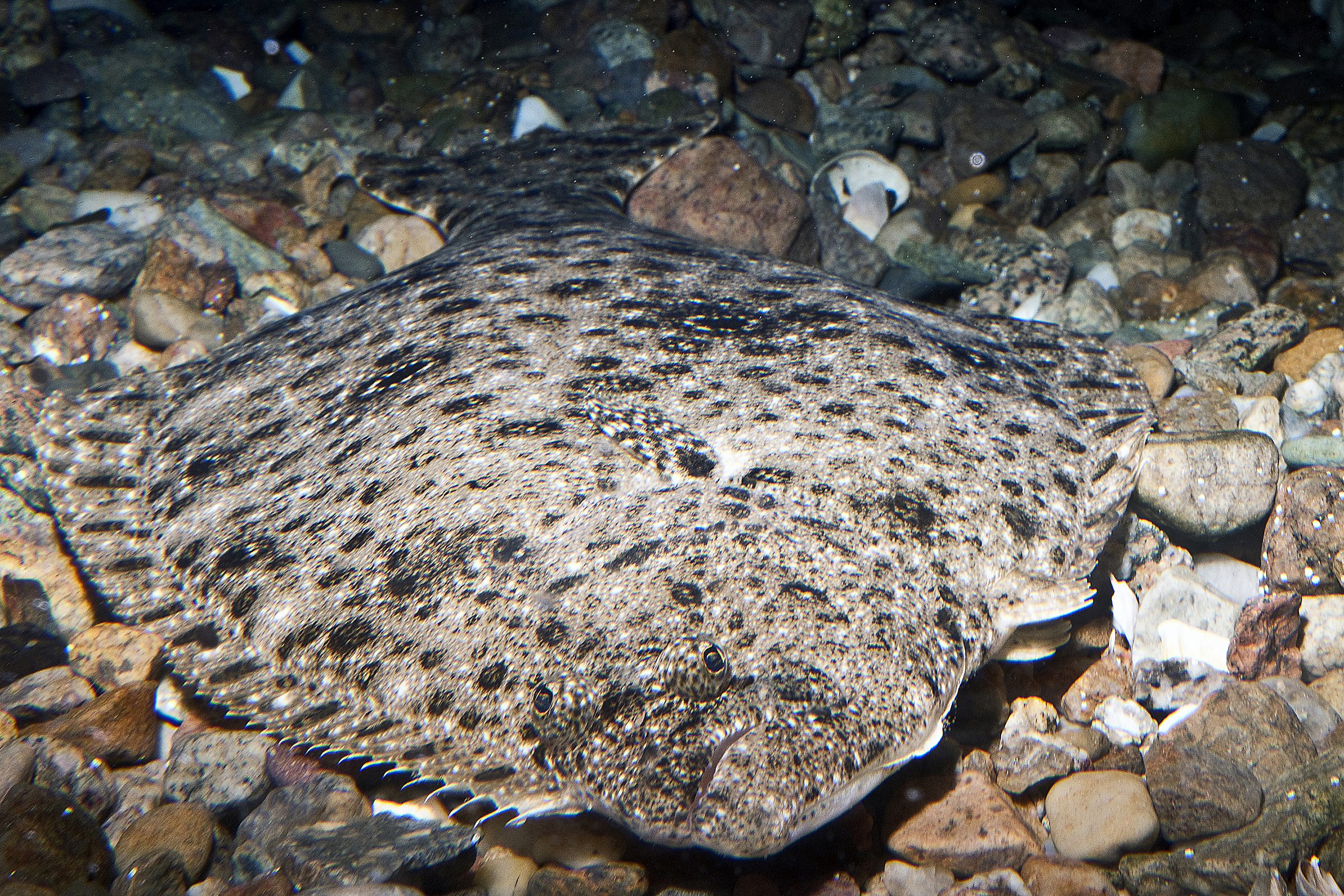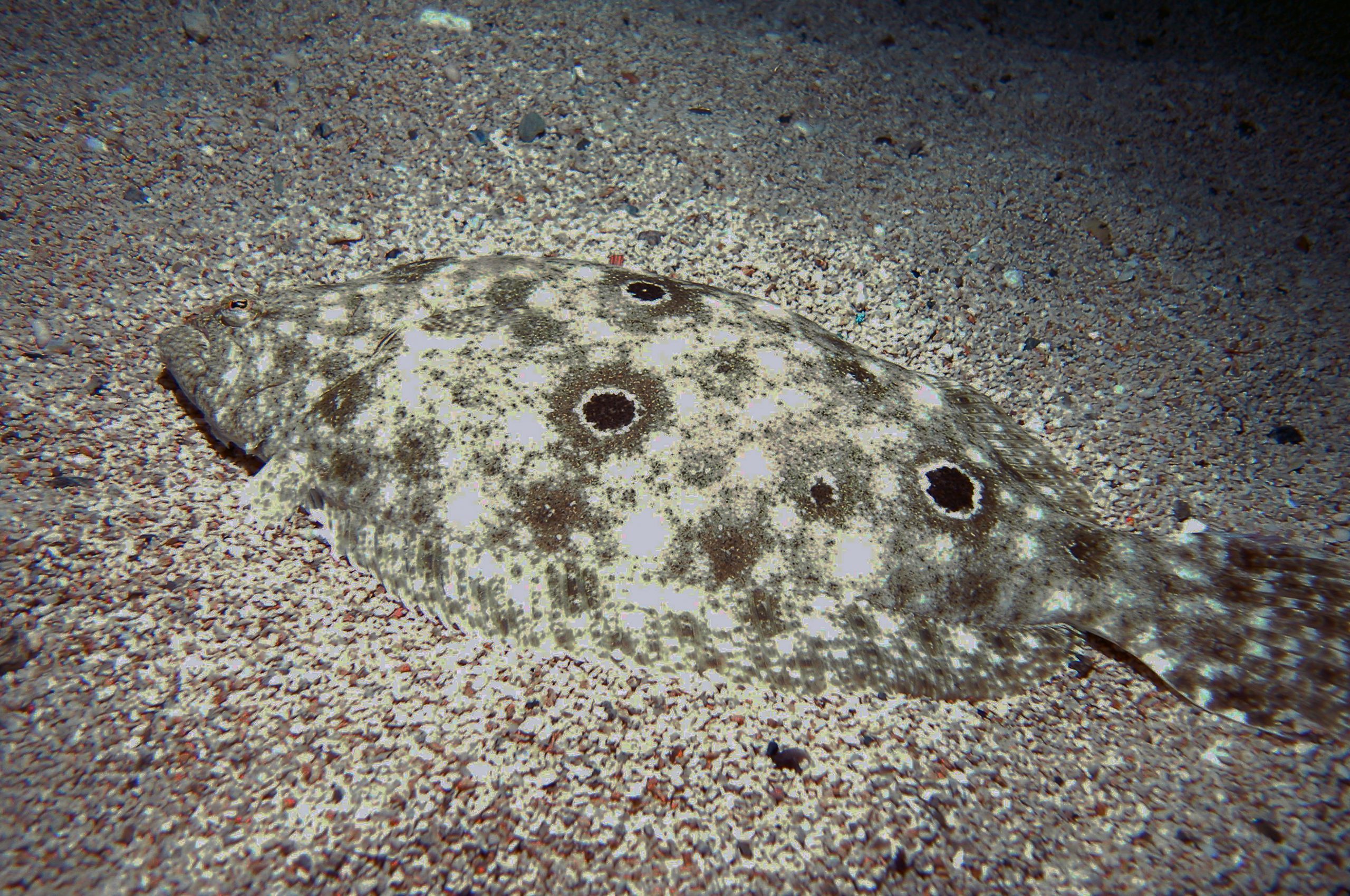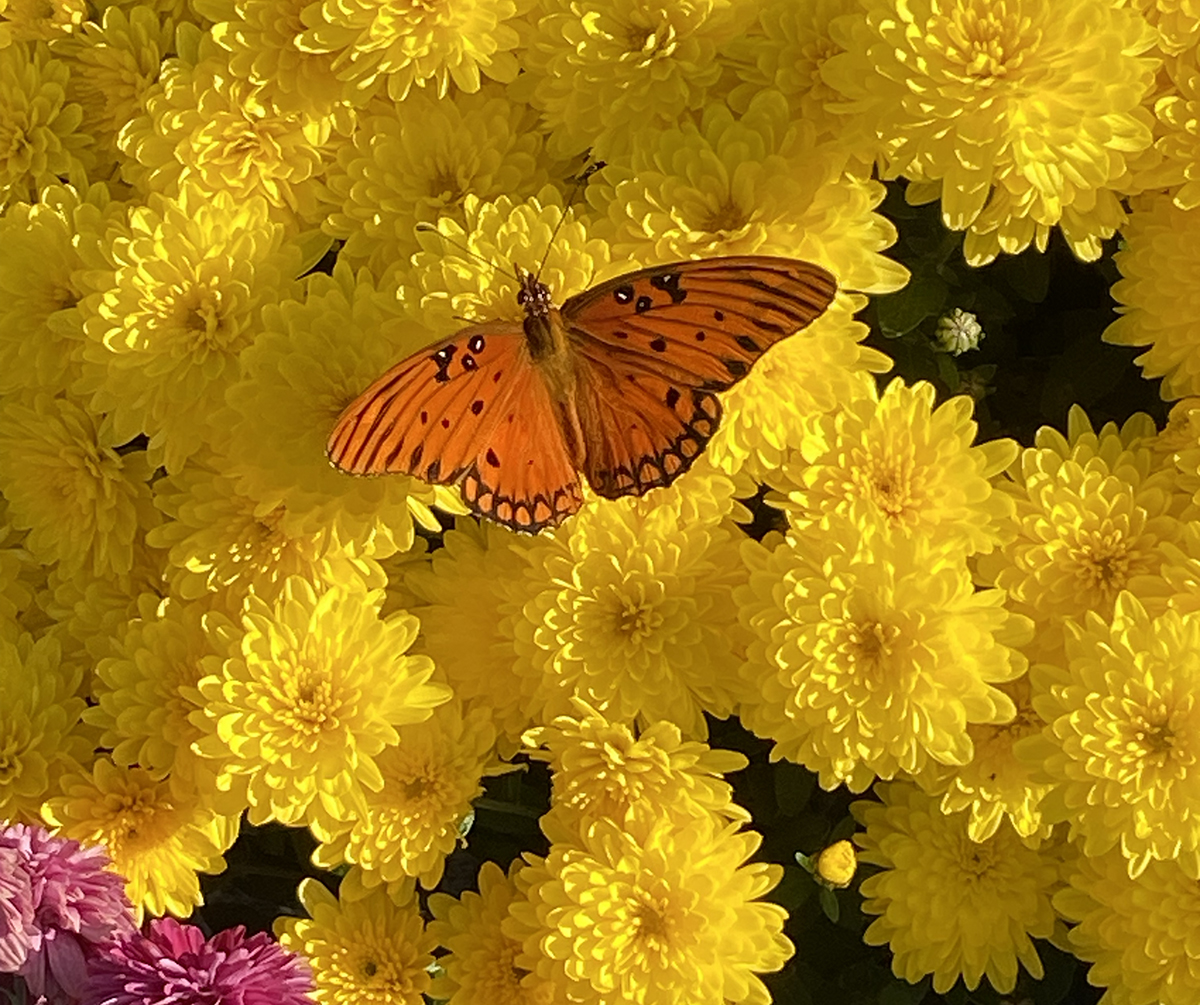
There are three species of flounder found off the North Carolina coast. The summer flounder, southern flounder and Gulf flounder. When fishing for these flat fish, the challenge is in how you tell one apart from the other, because all three look so much alike.
“People have a hard time telling the southern flounder apart from summer flounder, so we are looking into public education to help people tell which fish is which,” said Lee Paramore, marine biologist with the North Carolina Division of Marine Fisheries.
Supporter Spotlight
“Approximately 90% of flounder caught in North Carolina waters are southern flounder,” he said.
The 2020 recreational flounder season in North Carolina begins Aug. 16 and runs through Sept. 30.
Summer flounder, or fluke, pretty much stay offshore as they migrate past North Carolina heading north, and go inshore when they reach Chesapeake Bay, Delaware Bay and as far north as New England, Paramore said.
But, this fish will occasionally visit inshore waters of North Carolina – this adds to the confusion between the species.
“Southern flounder are found From Virginia south to Florida – that is our main flounder caught by fisherman by boat and from shore,” said Paramore.
Supporter Spotlight
“North Carolina is the confluence where we get fish from both the north and south Atlantic mixing together,” he said.
The summer, southern and Gulf flounder are all a left-eyed flounder.
As an underwater photographer and naturalist of more than 40 years, I find that one of the more interesting facts about all flounder is that when they are first born, all swim vertically in the water column like every other fish, but as they grow out of the larval stage, one eye will migrate to the top of the fish and the flounder will then begin to swim with its white belly facing the bottom. The eye that moves determines if the flounder is a “left-eyed”, or “right-eyed” flounder.
By the time you can see any flounder species with the naked eye, the eye that migrates to the top of the fish has already moved.

Summer flounder are found from Massachusetts south to Florida on the Atlantic Coast. They are most abundant from Cape Lookout north through Delaware, but have been observed and caught as far north as Maine.
Southern and Gulf flounder are found from North Carolina south.
All three flounder have a large, angled mouth with sharp serrated teeth, and both dorsal and anal fins are symmetrical and separated considerably.
Now, here is where it gets tricky in telling them apart. Summer flounder have three distinct ocellated brown spots on their back near the tail on the top of the fish and white on the bottom.
The ocelatted spot has a dark brown dot in the middle, surrounded by a white halo, or ring. The summer flounder’s body is oval-shaped, somewhat resembling that of a large, flat football.
Southern flounder have five brown spots on their back with no white circles surrounding them. Other than the spots on their back, it can be difficult to tell the summer flounder apart from the southern flounder.
Southern flounder are found in the oceans and estuarine waters along the Atlantic Seaboard from Virginia to southeast Florida, and in the Gulf of Mexico.
Gulf flounder can be found in North Carolina waters, but tend to stay farther south, with the center of population being the Gulf of Mexico.
This species has three ocellated spots that form a triangle in the middle of their backs.
These body markings, along with where on the fish the markings are found, are how you tell the summer, southern and Gulf flounder apart.
Paramore said all three flounder species share habitat.
Summer flounder live in high-salt coastal and estuary waters in the spring and summer but move to offshore waters during winter months.
Southern flounder can be found year-round in this region.
All three flounder will camouflage themselves under a thin layer of sand to avoid predators and change their skin pigmentation to better blend in with the bottom.
Once they’re buried under the sand, all you will see are two small eyes staring, and following you as you swim along the bottom. As a scuba diver or snorkeler, this makes a positive identification of the species next to impossible.

Flounder in North Carolina waters will grow up to 32 inches long, but they usually are 10 to 16 inches in length, said Paramore.
“Summer flounder will spawn during fall and winter months. Currents and winds blowing toward estuarine and coastal nursery areas carry larvae. The juvenile flounder live, feed, and grow in shallow nursery habitat for the first 18 to 20 months of their young lives, while trying to hide from predators,” he said.
As they grow, they move back to the open ocean, where they sexually mature, and join adult fluke that migrate up and down the Atlantic Coast. They will live to be about 15 years old.
“Adult summer flounder are predators that can swim at high rates of speed to capture their prey. They feed mainly on small fish, crabs, and shrimp. Their sharp serrated teeth make short order of their meal,” he said.
Females will mature at 11 inches in length, or about 1½ years old, while males will mature at 10 inches, or 1 year old.
Southern flounder spend the early part of their lives in coastal rivers and sounds. This species reaches sexual maturity at around 2 years of age and spawn offshore in the fall and winter months, Paramore explained.
Post-larval and juvenile life stages of this fish then relocate into estuarine nursery areas for food and cover from prey species.
Southern flounder are predators that ambush prey from the bottom where they lie camouflaged under a thin layer of mud or sand. Large southern flounder feed on shrimp, fish, and blue crabs.
“Gulf flounder are found near shore on rocky reefs and inshore, ranging into tidal creeks, on sandy, or muddy bottom,” he said.
“This member of the flounder family will spawn from October through February off the southeast Atlantic and Gulf coasts as water temperatures go down from 73 to 57 degrees Fahrenheit. Both female and male Gulf flounder become sexually mature like the summer and southern flounders at approximately 2 years of age,” Paramore said.
Juvenile Gulf flounder then move into the same type of nursery habitat with their cousins from January through April, where the young flounder hunt for food, protection and continue to grow.
Gulf flounder will feed on the same food sources as summer and southern flounder: shrimp, blue crabs and small fish.
So … what kind of flounder is this?







